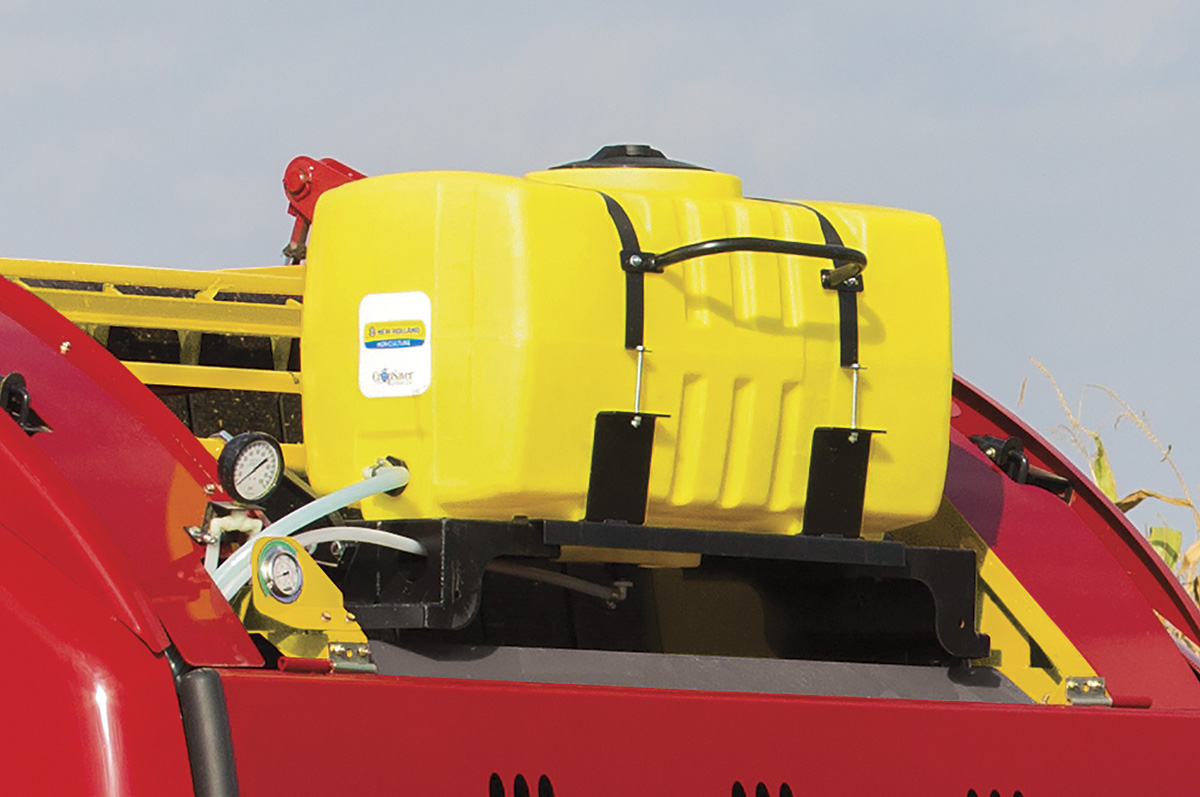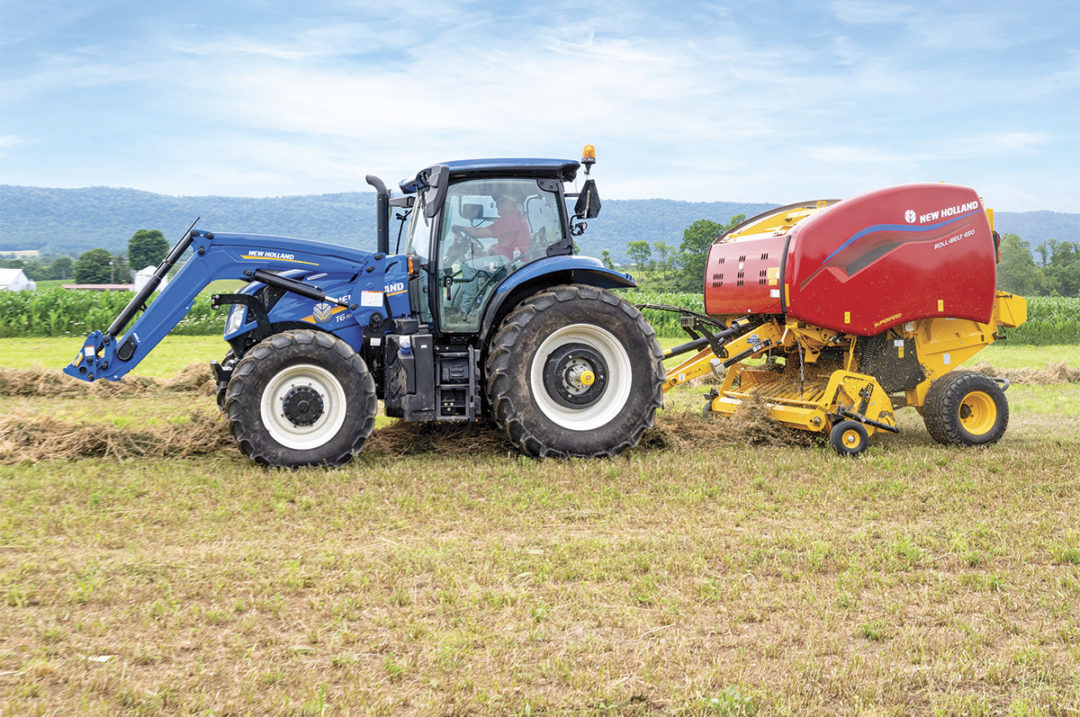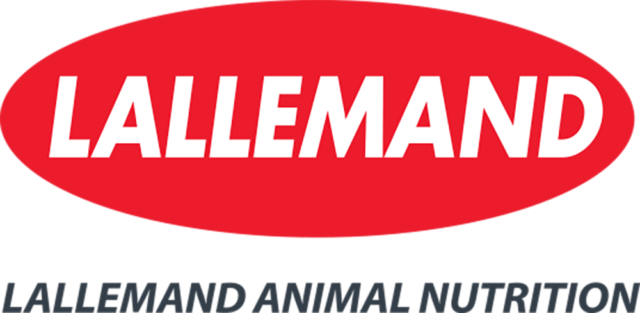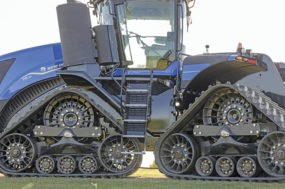Forage quality is a crucial consideration on a dairy, impacting the success and profitability of your operation. It is not merely about the quantity of forage produced but also its nutrient density and digestibility – a combination that determines the extent to which a forage can produce a desired animal response such as increased milk production and overall herd health. In lactating dairy cow rations, high-quality forages are more cost-effective because they have a greater nutrient density than low-quality forages. For dry hay, factors such as moisture content, leaf content, presence of weeds or insects, fertilization and environmental conditions all play important roles in hay quality.
Moisture content: The key to quality preservation
The moisture content of hay is a critical factor in preserving its quality. Harvesting hay at the right moisture level is essential to minimize damage, particularly leaf loss, which significantly impacts forage quality.
Low moisture content during baling can lead to hay shattering, while excessive moisture can lead to microbial growth, heat buildup and, ultimately, spoilage during storage. Spontaneous combustion becomes a concern with high-moisture hay, further compromising its nutritional value and posing risks to both animal and human health.
For optimal preservation, hay should ideally contain less than 15% moisture. Baling hay at 20% moisture or less is considered safe, although even this can result in shattering losses, especially in alfalfa. To maximize the hay harvesting window, consider using a hay preservative that allows you to bale hay at moisture levels up to 30% while minimizing the risk of spoilage due to mold or combustion.
Hay preservative: Harvest hay despite high moisture content
Hay preservative can be a great option to maintain hay quality during storage. Bales treated with hay preservative can yield more tonnage and have a higher relative feed value (RFV). Organic acids, such as propionic acid, are commonly used in hay preservatives for their antimicrobial properties and animal safety. The effectiveness of a preservative depends on its propionic acid concentration, with a target minimum of 60%. It is essential to apply preservatives uniformly throughout the hay mass and at the proper rate based on moisture content. While an applicator is the only initial investment required for hay preservative use, preservative application can significantly reduce spoilage and maintain forage quality, ultimately benefiting cow productivity.
Moisture testing: Ensuring accuracy
Accurate moisture measurement is essential for determining when to bale hay, evaluating the need for preservatives and ensuring preservative effectiveness. Moisture-testing devices, ranging from baler-mounted to hand-held testers, are valuable tools for harvesting hay.
Baler-mounted moisture testers offer accuracy and real-time readings during baling. The baler’s display in the tractor cab will provide an updated reading every few seconds from sensors mounted in the baler. Portable, handheld testers can quickly measure moisture readings in loose hay in windrows before baling or in stored, baled hay by probing the inside of a bale.

Baler-mounted moisture testers offer accuracy and real-time readings during baling. Photo courtesy of New Holland Parts and Service.
Storage: Protecting your investment
Of course, hay is a perishable commodity and RFV can be lost by leaving baled hay exposed to weather during storage, especially in humid climates. Losses during hay storage often result from microbial growth and subsequent heat buildup. Improperly stored hay not only loses its RFV but also poses risks of spontaneous combustion and mold contamination. Plastic wrap, net wrap or tarps can be utilized to prevent loss caused by weathering, but proper storage structures are also crucial.
Building a hay shed, even a simple one open on all four sides, can significantly reduce weather-related loss and maintain hay quality for long-term preservation. When building a hay shed, barn or other structure, factors such as accessibility, clearance height, ground conditions and capacity should be considered to ensure optimal functionality and efficiency.
Net wrap and twine: Preservation support for storage and handling
The choice between net wrap and twine for large hay bales can impact hay quality. Net wrap offers significant improvements in handling and field productivity, binding bales more quickly than twine and enhancing weathering characteristics. Given the importance of minimizing exposure to weather, investing in net wrap can contribute to overall hay quality preservation. Additionally, proper bale density and uniformity are essential factors in ensuring effective preservation and minimizing losses during storage.
Maximizing dairy production through quality forages
In dairy operations, the value of high-quality forages cannot be overstated. An estimated 60% to 80% of the production, health and reproduction problems of dairy herds are associated with nutrition, which underlines why preserving hay quality is critical to the health of your herd.
Early-cut hay exhibits higher protein content, lower fiber and increased digestibility, leading to improved milk production regardless of grain supplementation. Quality forages not only maximize milk production but also optimize rumen function, essential for overall herd health and productivity. It is crucial to prioritize forage quality in dairy rations, as it directly impacts nutrient density and, ultimately, affects milk production and animal well-being.
Preserving hay quality is essential for dairy farmers to optimize milk production and maintain herd health. Proper moisture management, storage practices, the use of preservatives and accurate moisture testing are fundamental aspects of quality preservation. Investing in quality forages and adopting best practices in hay preservation not only enhances milk production but also contributes to the long-term success and sustainability of dairy operations. By prioritizing forage quality, dairy farmers can ensure the health and productivity of their herds while maximizing profitability.
When determining forage requirements and best practices for your specific operation, you can always contact your local extension office or equipment dealership.











